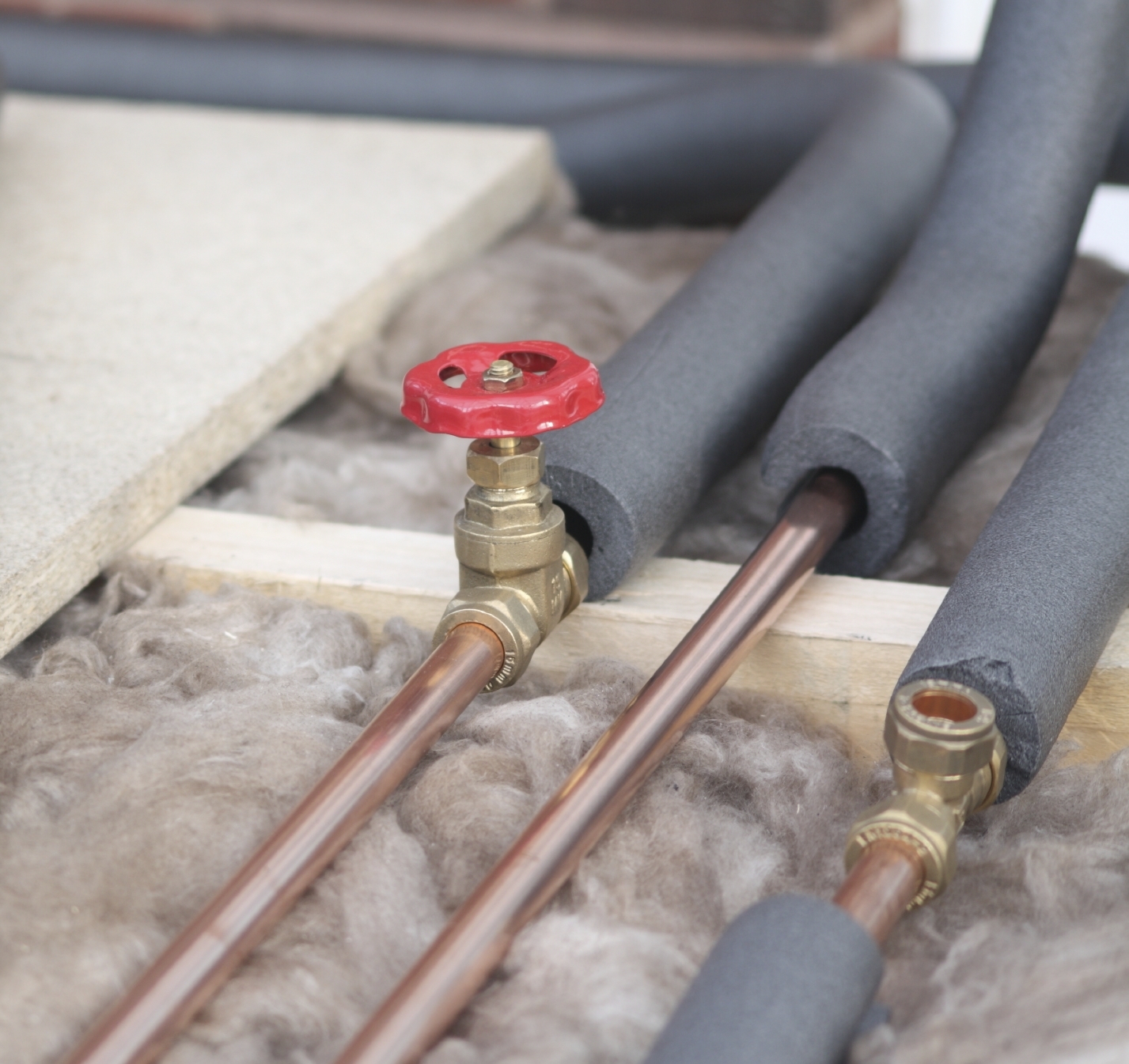Pipe Insulation
Insulating Your Indoor and Outdoor Pipes: A Key to Efficiency and Protection
Ensuring the efficiency and longevity of your plumbing system requires proper insulation for both indoor and outdoor pipes. At Mr. Pipey Plumbing, we offer expert installation of insulation for both hot and cold pipes. Insulating hot pipes helps prevent heat loss and reduces the risk of fire hazards and burns, while cold weather insulation keeps your pipes from freezing and potentially bursting during winter.
Selecting the Ideal Pipe Insulation to Prevent Freezing
To protect your pipes from freezing, Mr. Pipey installs a variety of pipe wrap insulation options for both indoor and outdoor plumbing. Options to consider include:
- Rigid Foam Pipe Insulation: Though it may not offer as much insulation as other materials, rigid foam provides effective thermal regulation even in thin layers and is resistant to moisture and corrosion.
- Flexible Elastomeric Foam or Rubber Pipe Insulation:This flexible material has a long lifespan, resists cracking and breaking, provides excellent thermal insulation, resists mold, and offers additional acoustic protection. It does come with a higher initial cost.
- Polyethylene: This widely used flexible plastic foam is lightweight, durable, and provides both freeze protection and condensation control. Remember, while insulation helps protect against freezing, additional measures such as leaving water dripping or heating areas with exposed pipes can further prevent freezing.
- Glass Wool or Fiberglass Pipe Insulation: These lightweight materials protect against high temperatures and resist mold. However, they can irritate the skin, eyes, and respiratory system, so they should be used in less frequented areas.
- Mineral Wool Insulation: Known for its resistance to extremely high temperatures, mineral wool is ideal for very hot pipes. Like fiberglass, it can be irritating and is best used away from living spaces.
- Flexible Elastomeric Foam or Rubber Pipe Insulation:While primarily used for freeze protection, these materials also prevent some heat loss, though not as effectively as fiberglass.
- Polyethylene: This versatile insulator is also effective for hot pipes, offering protection against heat loss with its lightweight, durable, and water-resistant properties.
Additional Benefits of Pipe Insulation
Beyond temperature control, pipe insulation offers other significant benefits. Insulating hot water pipes can prevent burns from accidental contact, while insulating cold pipes can prevent condensation and mold growth. Additionally, some insulation materials provide acoustic dampening, reducing noise from plumbing, which is particularly beneficial in older homes.







